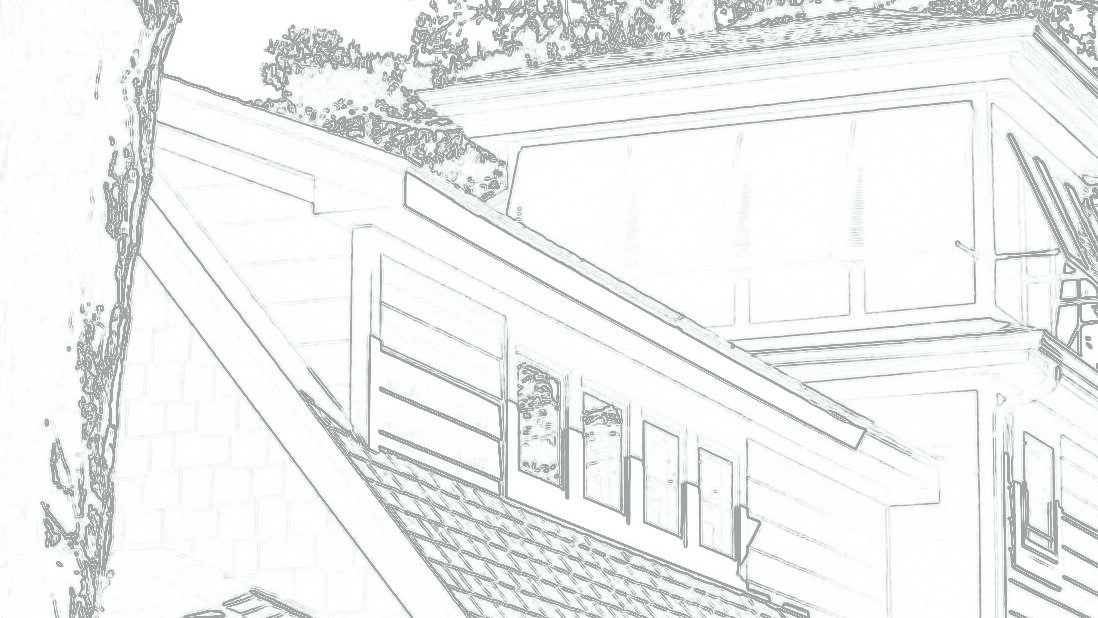Facing the World, Part Two
If you missed the last post about windows, I spoke about the value and disadvantages of of pure vinyl windows. Today, I want to talk about wooden frames. Wood windows are still one of the most popular options out there. They range from plane primed pine interiors to exotic wood species with custom stains and finishes. The bare bones wood windows can be cheap while the super high end options can cost as much as the rest of the structure put together. The major difference in functionality comes from what the wood is clad in. Outside of historical districts, hardly anyone uses a pure wood window anymore. They are a lot of maintenance painting the sashes to prevent decay, so it becomes about what is on the outside of the window to keep the elements at bay. There are all sorts of style, operational, sealing, and finish options as well to compare, but that’s like 10 more posts by itself.
We’ll start with vinyl clad windows. These are often the least expensive option, usually the window is a wood frame and the vinyl is applied over the wood. This vinyl is like a very thick coat of paint that protects the wood from the sun and rain. It’s an economical option and many people who install these windows are perfectly happy for 50 years with them. The same problem that plagues pure vinyl windows works here too, as the vinyl will move somewhat (although it is well restrained by the wood) which can damage the seals and bonds, but nothing like a pure vinyl window. Although most manufacturers will not let you paint a vinyl window a darker color to avoid those sorts of problems, although they usually come in several color options, including darker colors.
The next step up is aluminum roll form where basically a thin sheet aluminum is applied over the window, this does have an advantage as the aluminum is sturdier, available in more finishes, and typically the finishes hold up better. However, roll form aluminum clad windows cost quite a bit more than vinyl, and if you’re doing white windows on the exterior, there’s not much reason to step up to the aluminum in this form as it doesn’t hold up that much better.
A better upgrade would be extruded aluminum. Now we’re getting into windows with signficant protection of the wood because the entire exterior face is a thick piece of aluminum. This can help with providing multiple finish options, it holds up very well over time, and the shape of the exterior profile is much more flexible allowing for historically acurate detailing. All of these advantages of extrusions, plus the advantages of the roll form add up to a very nice product, however, these are premium products and will generally be a significant upcharge over the vinyl options.
The new final word in window cladding comes in the form of fiberglass. Fiberglass profiles aren’t as exact as the aluminum ones yet limitting the historical detail, but can be finished in any color (or painted on the job site) and one true advantage is the fiberglass and glass move at the same rate when the temparature changes. This means that the seals will hold up the best in this situation as there isn’t a differential in movement between the glass and the exterior face of the window. Fiberglass also holds up to salt air environments better and is starting to be offered by more and more manufacturers lowering costs and increasing options. Get in touch with a window company in your area if you would like to have fiberglass windows installed into your own home.
Typically, selecting the right window involves a balance of budget, design sensibility, and exterior conditions. There is no one right window type, so have a frank discussion about the pro’s and con’s of various styles (and manufacturers which I didn’t even touch on because different locations have different options available at different prices, so really, you need a local professional to help you with that) and determine which style, type, and manufacturer windows are the best fit for your project.
